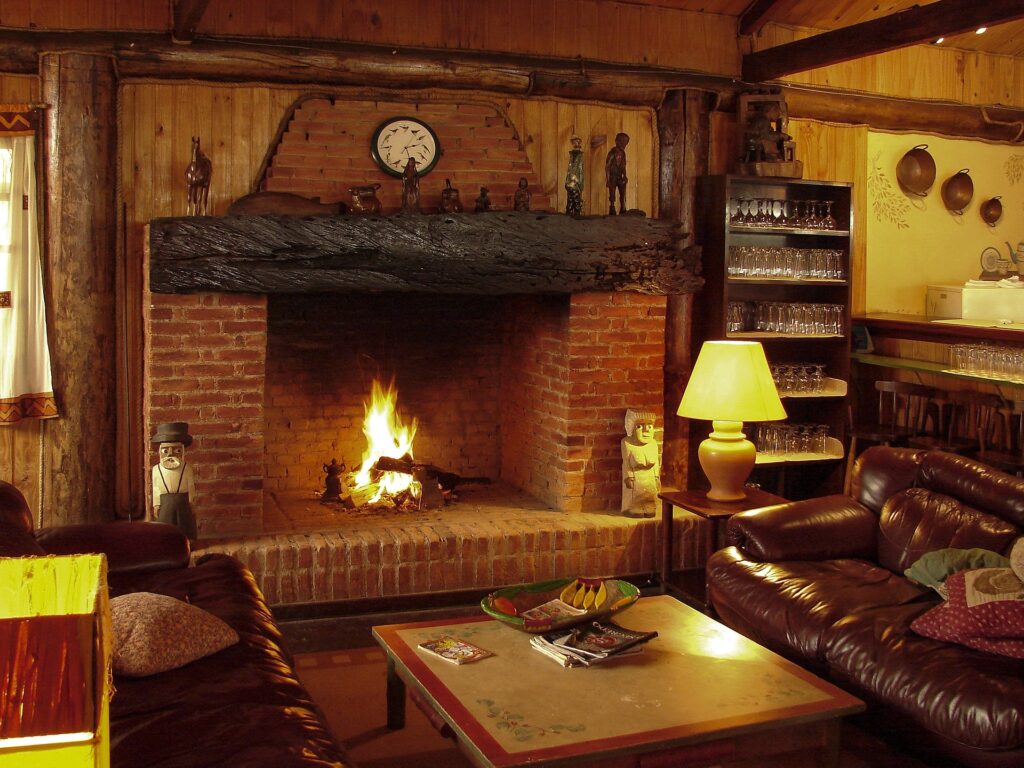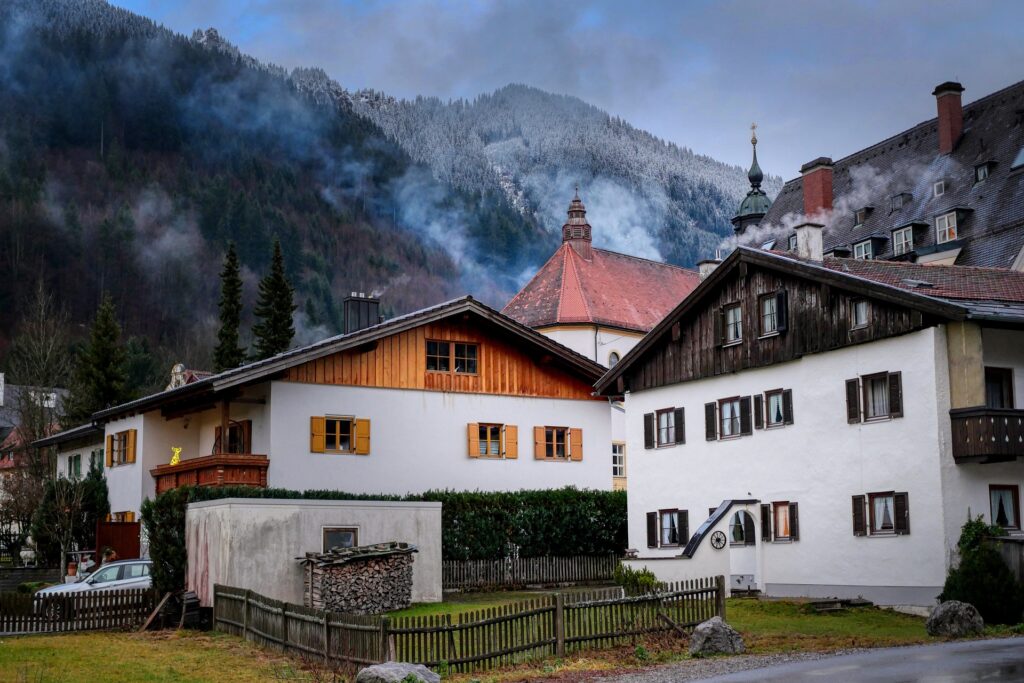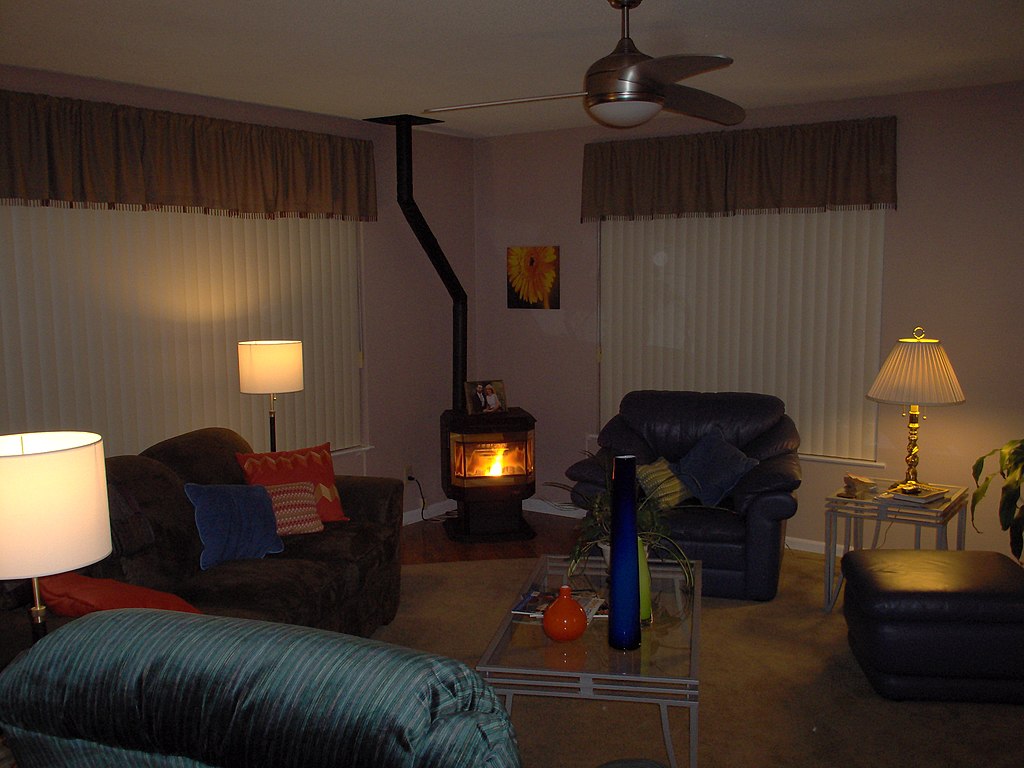Heating properly with wood
The rising price of energy and its scarcity may encourage people to make more use of wood heating systems in private homes.The use of such equipment makes perfect sense as long as it is used properly.

Before commissioning, it is necessary to check the respective chimneys if they have not been used for a long period of time since obstructions due to wasp nests and the like are possible, which, can be dangerous and the exhaust fumes could escape into living quarters causing combustion gas poisoning or cause fires.
Zero-emission climate policy to grow the Swiss economy
Electric power prices rising sharply in Switzerland
Particulate matter problem
Only natural wood, such as dry coniferous or hardwood logs as well as dry coniferous or hardwood logs and unused solid wood sections can be burned.
Wood burning also releases pollutants such as carbon monoxide, tar-like compounds, soot and dust. For this reason, it is especially important to pay attention to how and with what wood you make fire. Proper lighting helps to significantly reduce emissions of particulate matter and other pollutants. Regular cleaning and maintenance of the heating system also significantly reduces emissions.

Unsuitable fuels
Not only municipal waste should not be burned in the home but also newspapers, magazines, cardboard, packaging material, wood from businesses, construction sites, building renovations and demolitions, wooden pallets, boxes or crates. Anyone who carries out burning with these materials pollutes the environment and violates the Environmental Protection Act. In addition, the wrong fuels damage the system. It gets dirty faster and radiates less heat. Corrosion damage can occur, making expensive repairs necessary. If you really want to save money, burn only clean, natural wood.
First “Renewable Heating” consultation now free of charge
Climate change and consequences
Lighting the fire
Smokeless fire: is an innovative method that significantly reduces pollutant emissions by producing much less particulate matter and makes wood fire much more environmentally friendly. Smoke formation during the lighting phase is reduced by this method, which emits no visible smoke during the entire burning phase. The wood burns from top to bottom. This means it burns more slowly and the combustion process can be controlled and managed better.
This method of ignition is suitable for all top-burning systems (fireplaces, wood stoves, tiled stoves, and central wood-burning cooking systems with top flues). It is best to use appropriate fire starters (e.g., wood wool soaked in wax) rather than newspaper for ignition.
Fire
Use dry, clean, evenly divided firewood for a new fire. Make sure that individual logs are neither too large nor too small. For wood to burn without smoke and thus with as little pollutants as possible, it needs sufficient oxygen. Therefore, make sure that the air supply is sufficient. Always leave the baffles open when flames are visible. It is also important that the firebox is not too full when lighting or adding fuel.
Visible smoke formation during combustion, heavy deposits of soot or tar residue in the combustion chamber, flue pipe or chimney, and dark gray or black ash and heavy smoke formation are signs of poor combustion and therefore appropriate measures should be taken to solve the problem.
Maintenance and cleaning
For clean combustion, flue gases must be able to escape unhindered. If they are slowed down by soot deposits in the flues, the fire cannot receive sufficient oxygen. As a result, the quality of combustion becomes poor, smoke is formed, and soot accumulates. This reduces the efficiency of the system. Soot and pitch deposits can also cause a chimney fire.
Therefore, clean the system regularly. Clean the grate before each ignition and empty the ash container regularly.

Pellets
Those who appreciate the convenience of automatic heat generation can now heat themselves with pellets (small cylinders of pressed sawdust) that enable convenient and environmentally friendly heating. With regular cleaning and maintenance and using only DIN-compliant pellets, pellet stoves can operate with very low pollutant emissions and without smoke. One kilogram of pellets has a calorific value of about five kilowatt-hours, which corresponds to about half a liter of heating oil.





